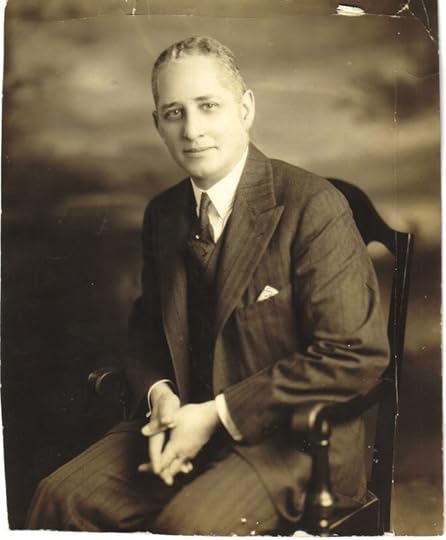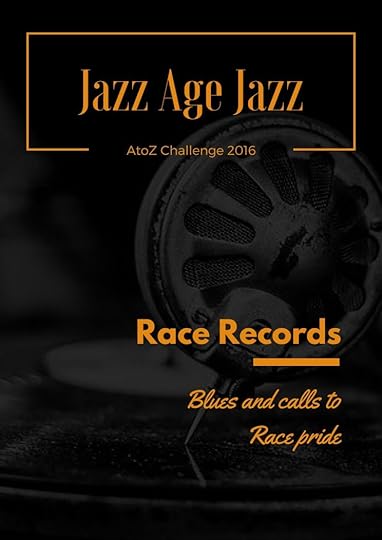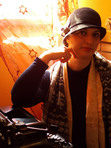Race Records (AtoZ Challenge 2016 – Jazz Age Jazz)
JAZZ AGE JAZZ - Race Records #AtoZChallenge A stunning success of #jazz #AtoZChallenge
Click To Tweet
The 1920s were the golden age of the recording industry. True, it was the dawn of that business, it was still rough and clumsy, but it offered an array of completely new possibilities to make money.
Offerings of recording aimed to a particular audience began when record companies realised there was an untapped market of new immigrants yarning for the sound of home. Catalogues of ethnic records were produced specifically for this market and included re-pressed recordings form Europe and new recording by American immigrants artists. These records were marketed directly to the specific ethnic community and seldom found their way outside of that context.
 Harry H. Pace – Founder of Balck Swan Records
Harry H. Pace – Founder of Balck Swan RecordsThe first jazz record specifically labelled as such was recorded in 1917 by the Original Dixieland Jass Band, a white band originally from New Orleans. Not until 1920 black musicians and singers started to be recorded with any regularity. That was the year in which black composer and pianist Perry Bradford championed a young entertainer named Mamie Smith, who recorded a version of Bradford’s Crazy Blues with the General Phonographer’s Company OKeh label. It was a huge success. It sold 75.000 copies the first week in Harlem alone and prompted OKeh Records to launch their own ‘race records’ line, the first ethnic line specifically produced for African Americans.
Soon, other white-owned record companies followed in OKeh’s footsteps and the outstanding success of these records had in African American communities across the nation made it possible for smaller – and often short-lived – black-owned companies to open business. Among these, Black Swan was the most pre-eminent.
Race Records were sold practically only to African Americans and based their appeal to authenticity to a variety of qualities including musical characteristics, performer reputation, the race of performers and even the race of the company employees and owners. In fact the name ‘race records’, that whites might have connected to segregation, probably had a very different meaning for African Americans who in the 1920s were strongly called to upholding the Race pride.
Race records didn’t just offer blues, although that was the main and more popular subject. They also featured sermons, minstrel songs, spirituals and gospel tunes, popular song and some early jazz.
Sales reached 5 million copies a year. Newsboys sold blues records. So did door-to-door salesmen. Pullman porters carried copies south with them and paddled them in whistle shops.
They were hugely popular.
————————————————————————————————————————————–
RESOURCES
Ogren, Kathy J., The Jazz Revolution. Twenties America and the Meaning of Jazz. Oxford University Press, New York, 1989
Shmoop – Race in blues music history
Encyclopedia Britannica – Race Records
The Library of Congress – African American Performers on Early sound Recordings (1892-1916)
The People History – 1920s Music
PBS – Jazz
CentreStage – Race Records
Smashwords | Barnes&Nobles | Kobo | iBookStore
And many other stores
The post Race Records (AtoZ Challenge 2016 – Jazz Age Jazz) appeared first on The Old Shelter.






